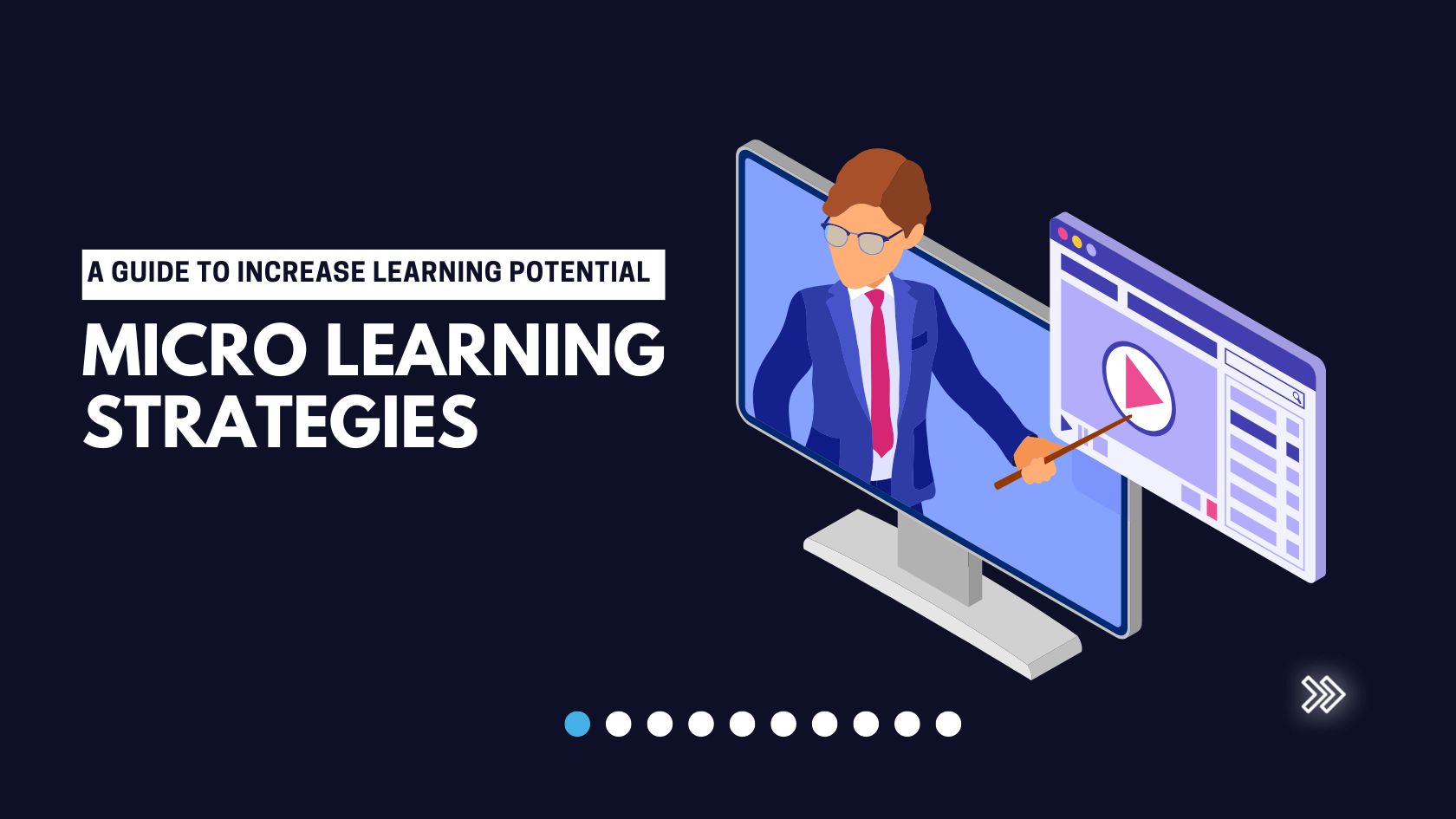Ten Benefits of Business Intelligence Software
Over the last decade, many companies have invested in business intelligence (BI) software to help them gain a better understanding of key business and sales metrics, and to predict future performance.
The sector continues to grow as companies are eager to make the most of limited resources with a business intelligence solution that can help them be more efficient, spot areas ripe for cost savings and identify new business opportunities.
Business Intelligence Benefits
Here are 10 ways business intelligence software can help your business:
1. Actionable Intelligence: A big reason BI is gaining so much ground is its ability to provide actionable intelligence.
“It is increasingly important to give business users tools that can provide simple and easy access to both the data in their legacy databases and the mountains of new data from geolocation coordinates, click-streams, apps and devices, server logs and so on via Hadoop,” said Scott Gnau, CTO of Hortonworks. “These modern applications are key to uncovering actionable intelligence which ultimately drives business transformation.”
2. Information Integration: Data tends to be spread around, trapped in various silos. The latest wave of BI tools is attempting to remove the barriers between those silos so that a holistic picture is formed based on multiple data sources. This provides much more accurate forecasts.
“Companies need to think in terms of data layers that are always connected; from the database, to the lake, data mart or warehouse, right up to the edge of the network,” said Gnau.
Hortonworks Connected Data Platforms, for example, integrates Hadoop with BI tools so that business analysts can access the billions or trillions of objects of data in Hadoop directly from their favorite business intelligence applications without requiring data movement.
3. Sales Personalization: The contribution that business intelligence makes to the overall success of an enterprise cannot be overstated in today's digital economy, said Robin Schumacher, vice president of Products, DataStax.
“The personalized and targeted online experience a business delivers to its customers is one of the reasons — along with cost savings — online retailers average four-and-a-half times the sales per employee versus traditional brick-and-mortar companies that don't possess a strong digital presence,” said Schumacher.
4. Speedy Answers: Traditional BI platforms have come a long way over the past decade. In the past, they used to glean intelligence from a relatively small subset of data overseen by specialists who were the only ones who could access and interpret the information. The business would ask a question and the specialist would get back to them a few days later with a response.
But the business intelligence and analytics used today is not the legacy BI of GUIs, RDBMS data warehouses and human analyst involvement. Instead, it is often machine-initiated and involves combining online transactional interactions with analytics and search operations at lightning-fast machine speeds.
“This is the type of BI sometimes referred to as hybrid transaction analytical processing (HTAP) or translytics,” said Schumacher. “It enables businesses to effectively customize their customer's online experience with each interaction, which positively influences the buying process and enables them to win over their competition who isn't using modern BI methods.”

Drew Robb is a writer who has been writing about IT, engineering, and other topics. Originating from Scotland, he currently resides in Florida. Highly skilled in rapid prototyping innovative and reliable systems. He has been an editor and professional writer full-time for more than 20 years. He works as a freelancer at Enterprise Apps Today, CIO Insight and other IT publications. He is also an editor-in chief of an international engineering journal. He enjoys solving data problems and learning abstractions that will allow for better infrastructure.


